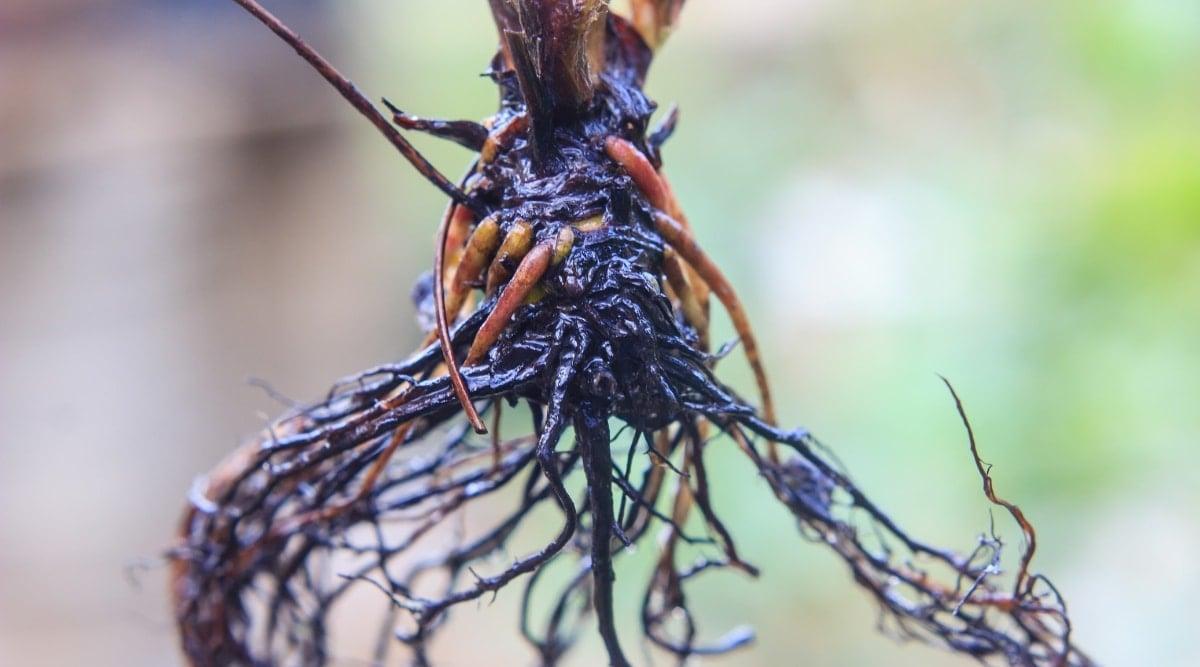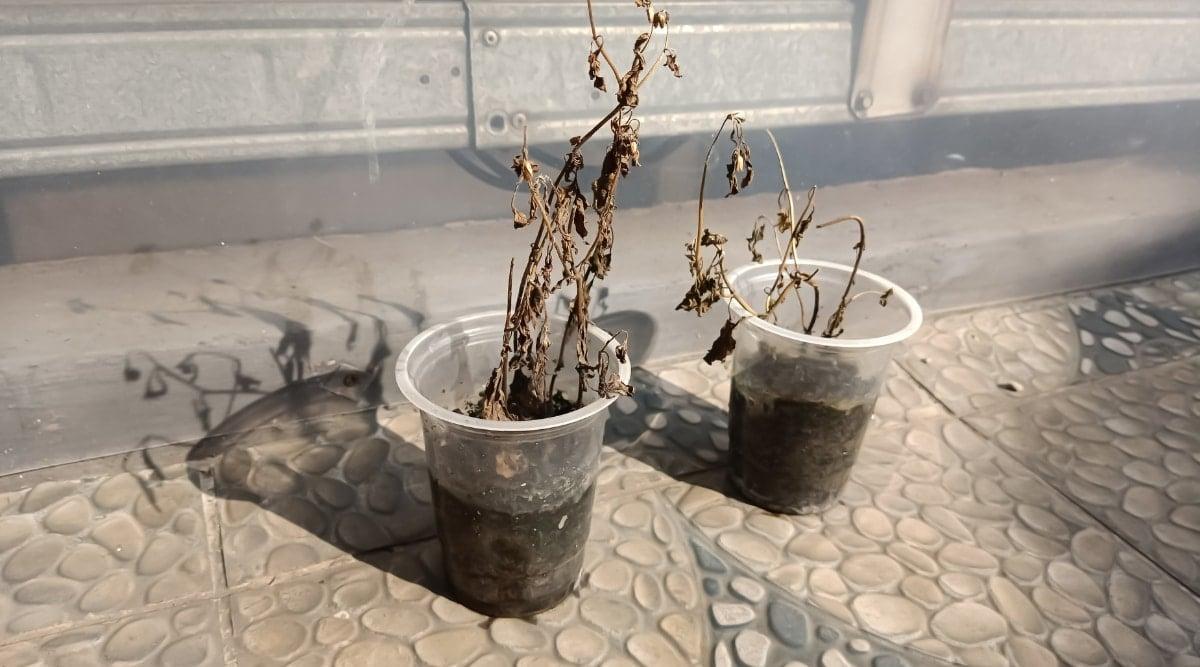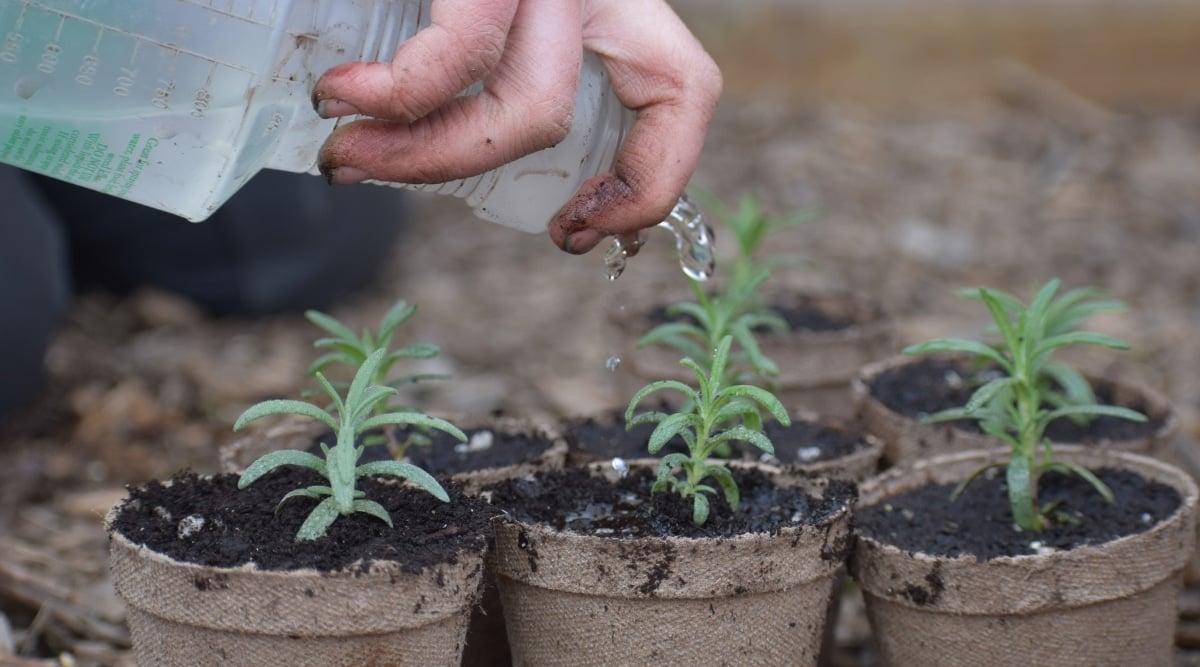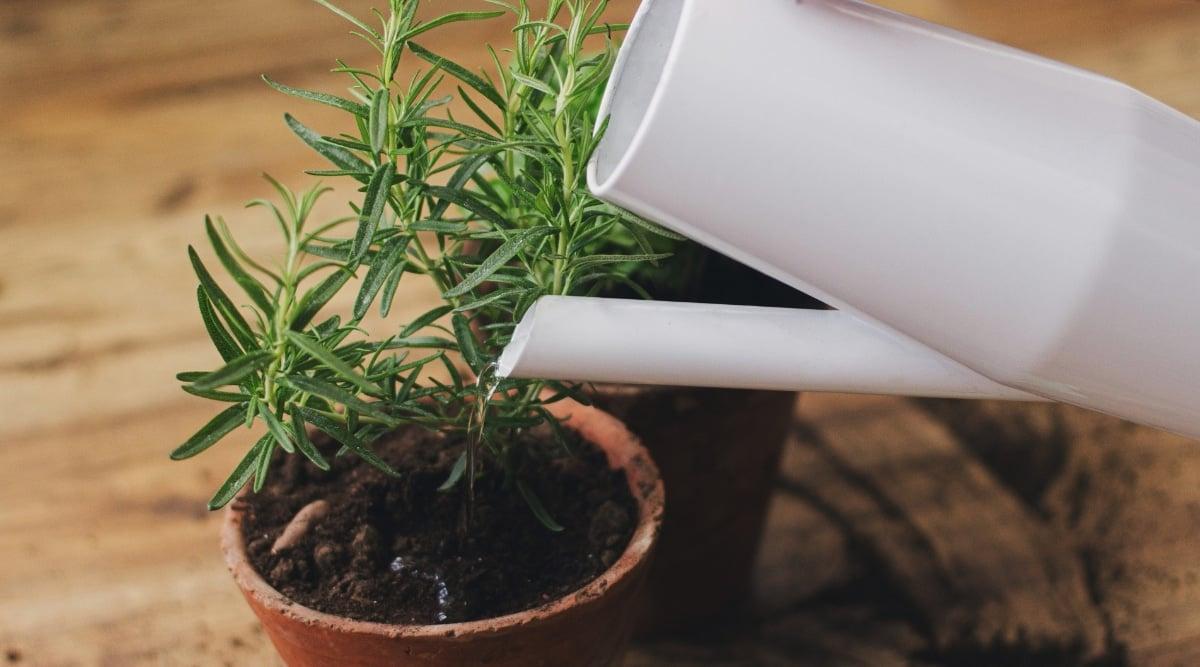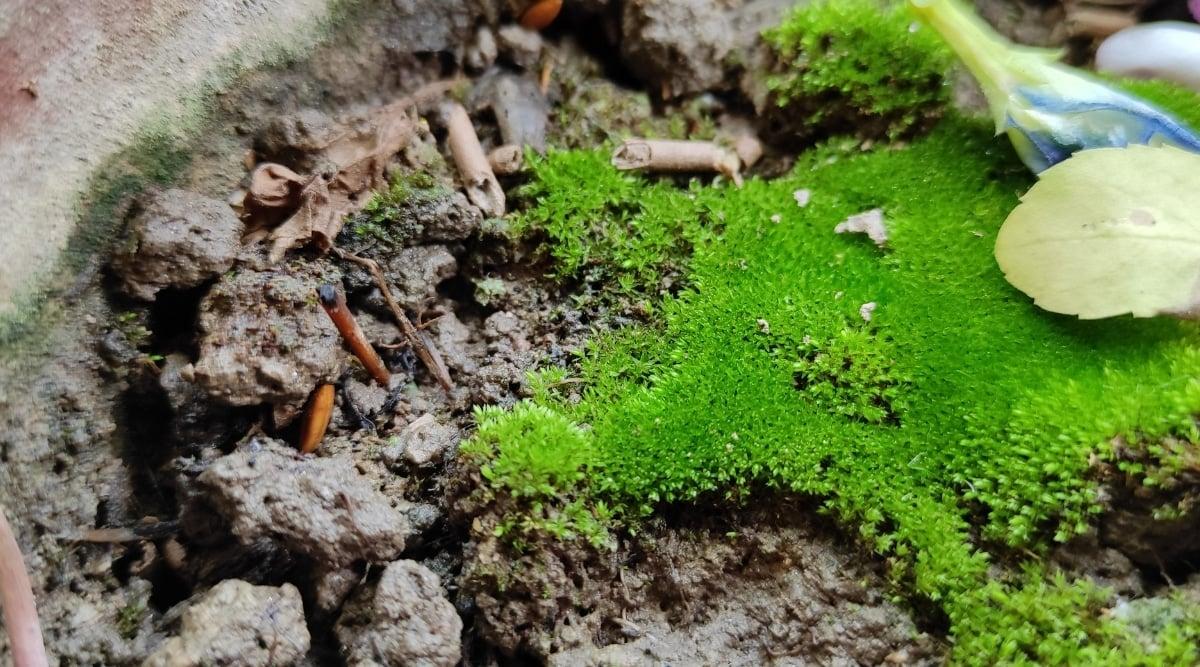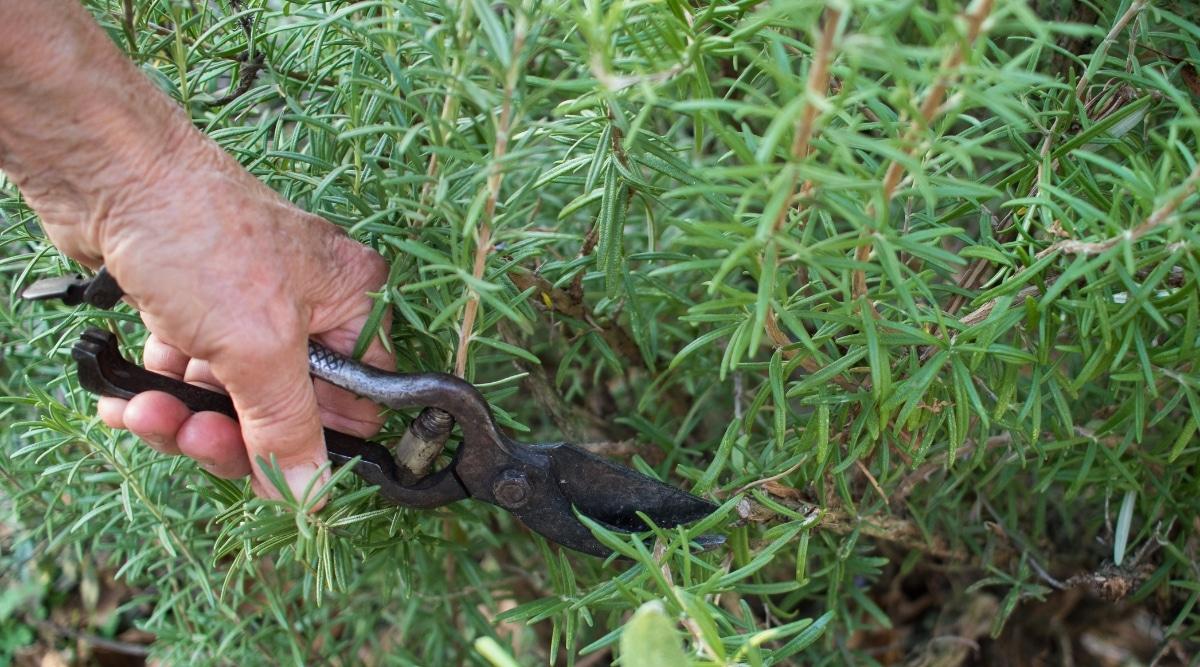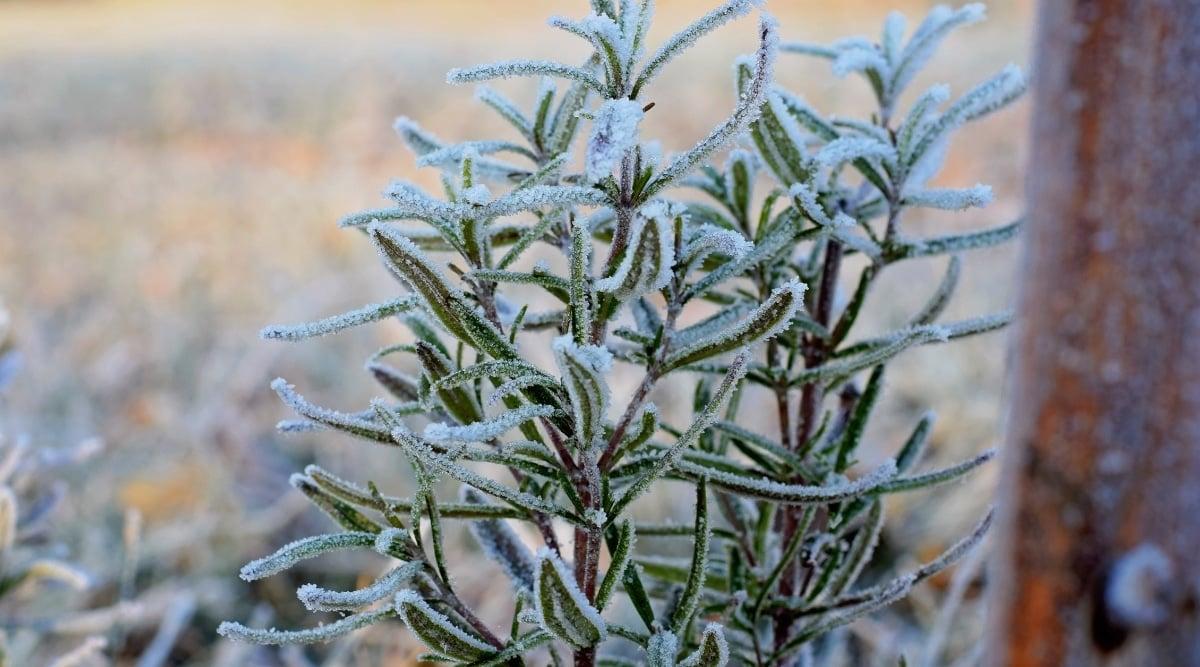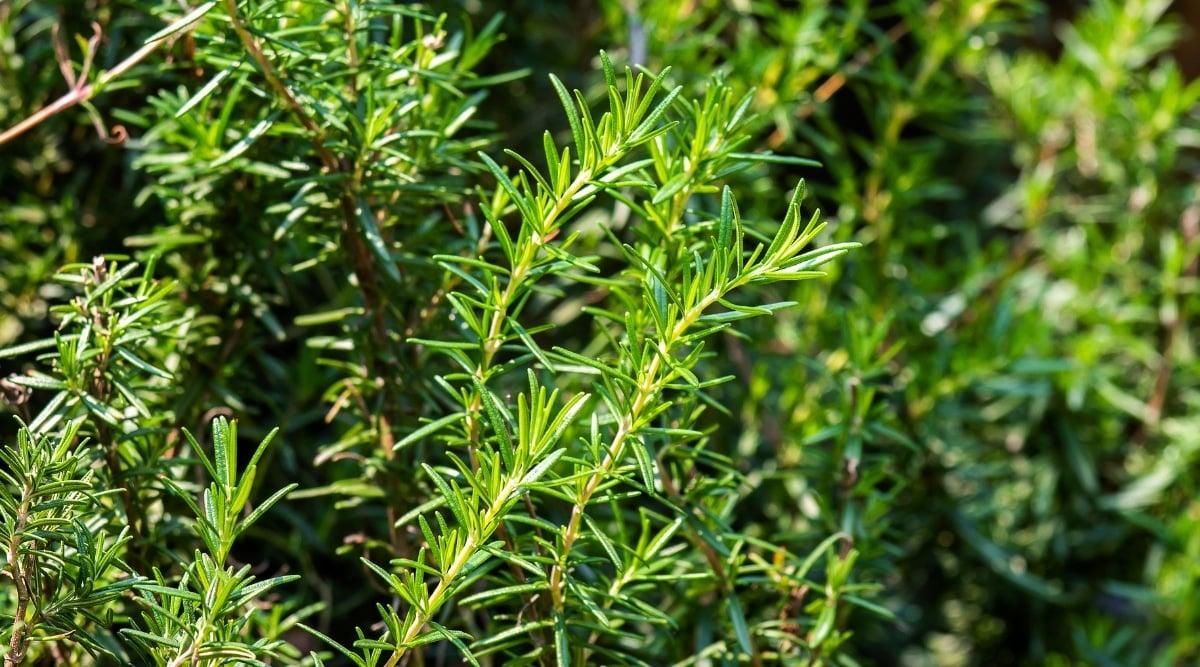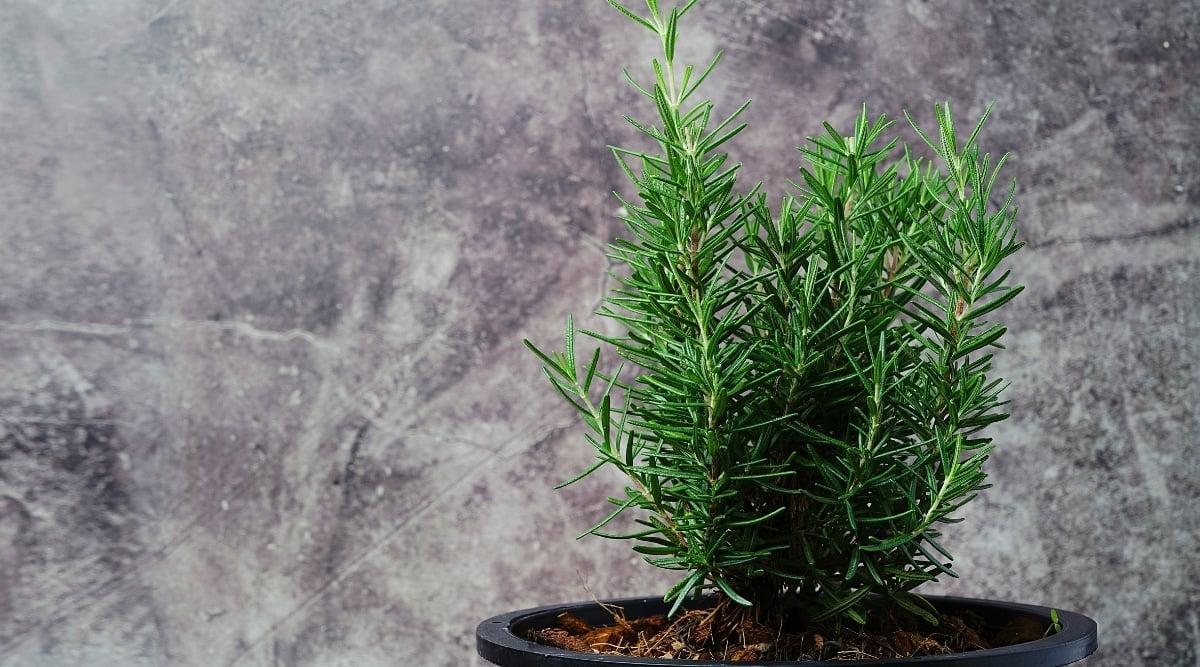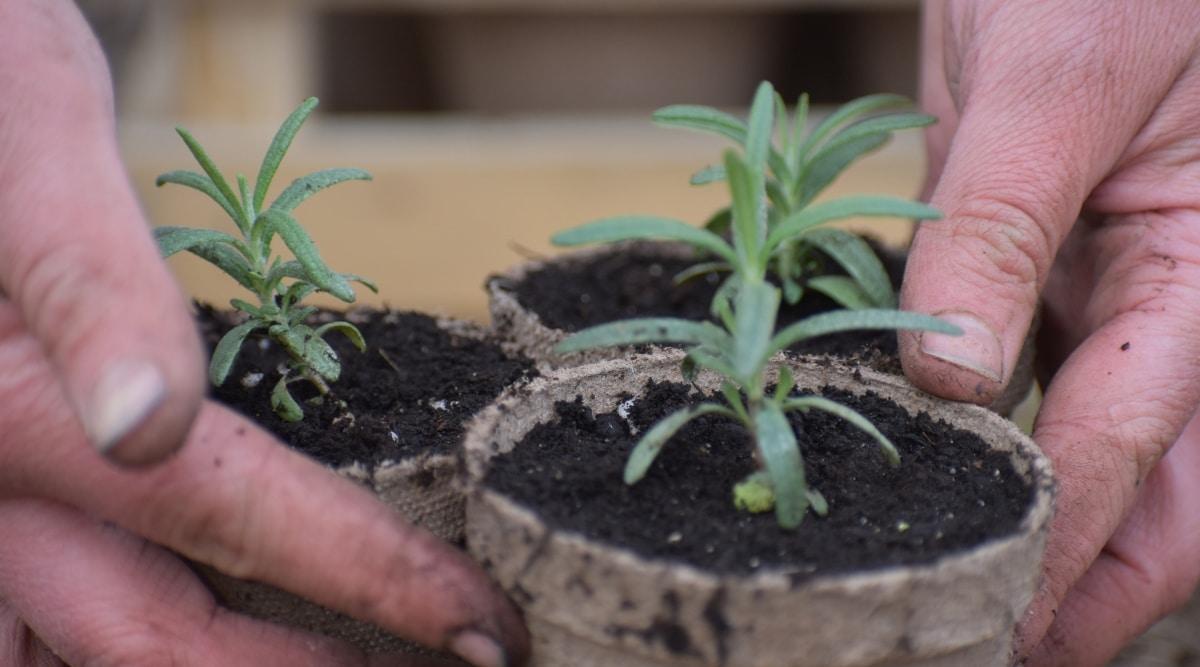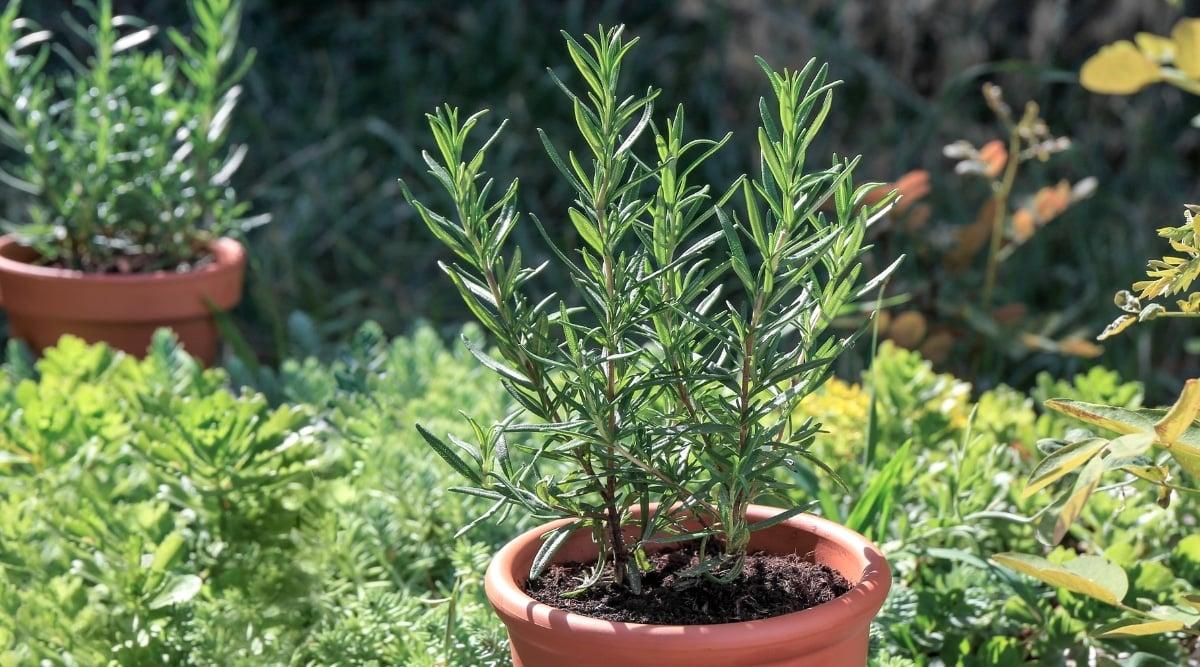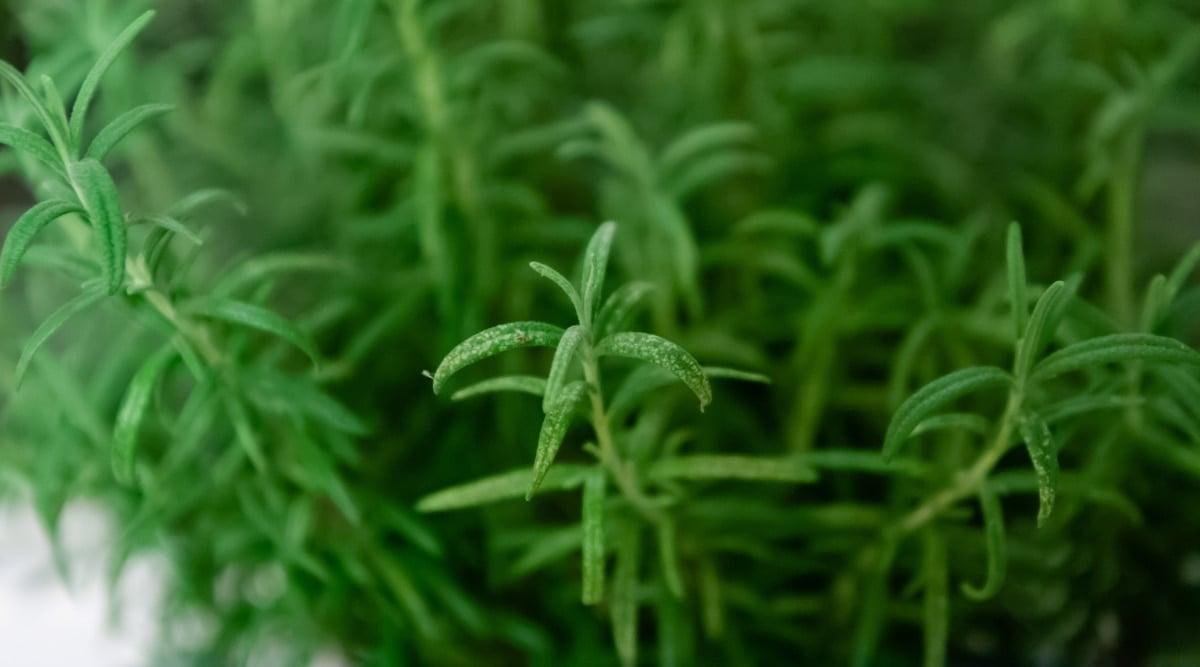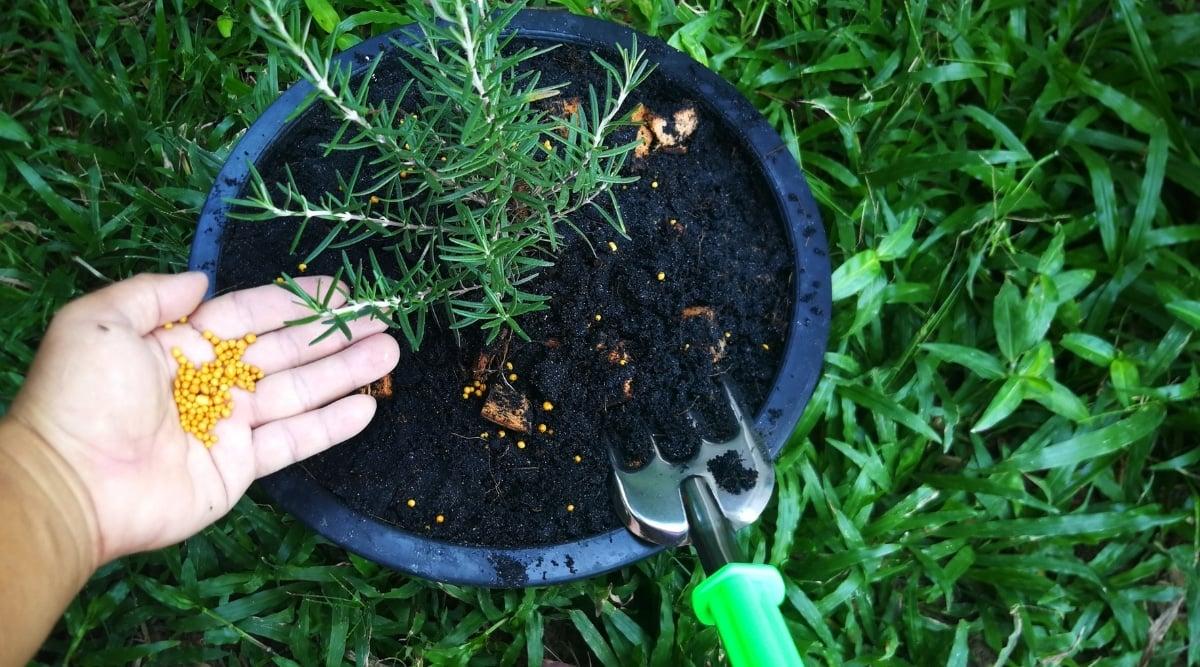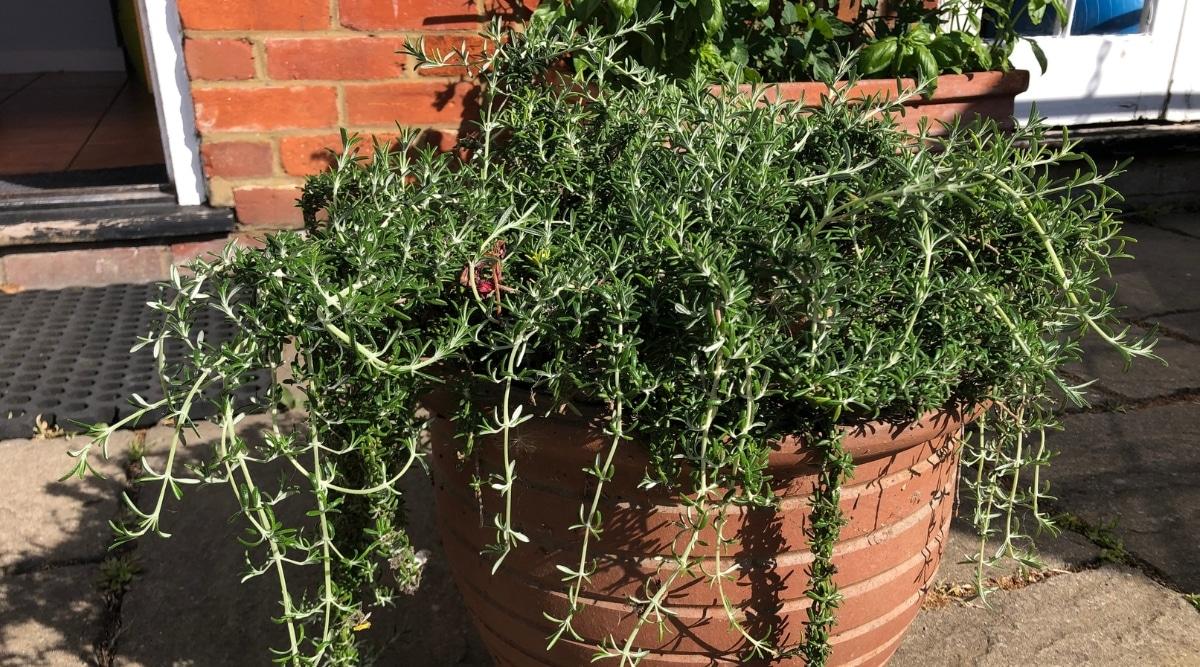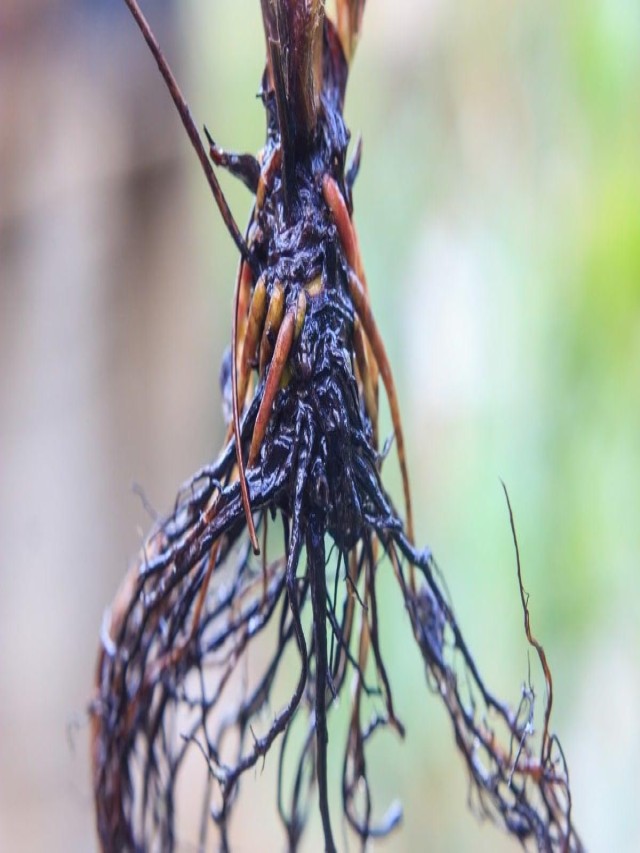If you’ve noticed that your once vibrant rosemary plant is now wilting and turning brown, you might be wondering where you went wrong. You may have provided it with sunlight, water, and love, but it seems to be struggling. Don’t worry, though! Rosemary is a resilient herb, and with a few adjustments in your care routine, you can revive it and bring it back to life. In this article, we’ll explore 15 possible reasons why your rosemary might be suffering and offer solutions to fix the issue.
Root Rot: The Common Culprit
Root rot is the most common disease that affects Mediterranean herbs like rosemary and lavender. This moisture-loving pathogen attacks the roots, turning them into a mushy, rotten mess. As a result, the plant can no longer uptake water and nutrients, leading to brown-tipped leaves, dead branches, and a droopy appearance. Overwatering, especially in waterlogged or poorly drained soil, creates the ideal conditions for root rot to take hold. If you suspect root rot, transplanting your rosemary and adjusting your watering practices might help revive it.
Overwatering: A Little Too Much Love
Beginner gardeners often show their herbs a little too much love by overwatering them. However, rosemary doesn’t require as much water as your vegetable garden. It’s adapted to the dry summers of the Mediterranean, where long periods of drought are the norm. Overwatering can cause the plant to complain and show signs of distress. To avoid this, treat your rosemary more like a pothos plant or a cactus. Instead of following a strict watering schedule, check the moisture level in the soil by sticking your finger into it. Only water when the upper few inches of soil feel dry to the touch.
Underwatering (Drought): A Tricky Balance
Underwatering can sometimes mimic the symptoms of overwatering, such as yellow or brown-tipped leaves and overall wilting. To avoid confusion, it’s crucial to inspect your rosemary plant’s soil before watering. Stick your finger several inches into the soil and notice the texture. If it comes out clean or dusty, the soil is likely very dry, and your rosemary needs a drink. Additionally, underwatered rosemary tends to feel brittle and dry. The stems and twigs easily snap because they are dehydrated. Water your rosemary until the surrounding 4-6 inches of soil appears thoroughly dark and moist.
How Often Should You Water Potted Rosemary?
For potted rosemary, the frequency of watering depends on various factors such as the container size, ambient humidity, and temperature. As a general rule, water potted rosemary once or twice a week. However, the key is to let the top layer of soil dry out before watering again. To determine if it’s time to water, stick your finger in the pot and wait until it comes out clean. This indicates that the herb is ready for a drink.
Poorly Drained Soil: Let Them Breathe
Rosemary and other Mediterranean herbs thrive in well-drained soil. These plants dislike sitting in soggy soil as their roots need space to breathe. If the soil is poorly drained, it can lead to “wet feet” and cause a range of issues. Ensure that your rosemary is planted in well-draining soil or consider adding amendments like sand or perlite to improve drainage.
Pruning Into the Wood: Proceed with Caution
Pruning is an essential maintenance task for perennial herbs like rosemary. However, be cautious not to cut too deeply into the wood, as this can harm the plant. The woody branches at the center of a rosemary shrub are similar to the trunk of a tree. If you remove too much wood, it won’t survive. Use hand pruners to trim small green twigs and avoid using large tools that may indicate you’re cutting into the wood.
Pest Pressure: A Rare Occurrence
Thanks to its strong fragrance, rosemary is not a common target for pests. However, some sap-sucking bugs may attack a weak or young rosemary plant occasionally. If you notice spittlebugs, which appear as white foamy masses on the stems, rest assured that they are harmless. You can simply spray them off with a hose. Pruning away infested branches and planting rosemary alongside other beneficial plants can also help keep pests at bay.
Frost Damage: A Cold Snap Consequence
Rosemary is a warm-weather herb that cannot tolerate frosty temperatures. Exposure to temperatures below 32°F can cause the plant to shrivel and turn brown. If you live in colder zones, consider bringing potted rosemary indoors for the winter or using row covers and frost blankets to protect outdoor plants during cold snaps.
Excessive Heat: Too Hot to Handle
While rosemary loves heat, consistent temperatures above 100°F can stress the plant if it lacks sufficient water or airflow. The plant thrives best between 55 and 80°F, similar to its native Mediterranean climate. Ensure your rosemary has enough water and ventilation during hot weather to prevent heat stress.
Not Enough Sunlight: Sun Hunger
Rosemary requires 6-8 hours of direct sunlight daily to grow optimally. Insufficient sunlight can result in a lack of fragrance, diminishing the herb’s appeal. Ensure that your rosemary receives enough sunlight to maintain its health and vitality.
Acidic Soil pH: A Delicate Balance
Most Mediterranean plants thrive in slightly alkaline soil, mimicking the limestone rock of their native habitat. A low soil pH can cause rosemary to turn yellow and start dying back. Acidic soil prevents the plant from absorbing essential minerals and nutrients. Test your soil’s pH and consider amending it to create a more alkaline environment for your rosemary.
High Humidity: Dry Climate Lovers
Mediterranean plants adore dry, warm air, and rosemary is no exception. If you’re growing rosemary in a humid climate, you may need to ensure proper air circulation around the leaves. Humidity can lead to poor airflow, creating an environment conducive to issues like powdery mildew. Position your plant in an area where it receives plenty of direct sunlight and airflow, and take preventive measures like pruning and thinning to maintain overall plant health.
Powdery Mildew: A Fungal Encounter
Powdery mildew is a common fungal disease that can affect rosemary plants, appearing as a white, powdery substance on the leaves. It tends to thrive in high humidity areas with poor air circulation. Treat powdery mildew with organic fungicides or neem oil applications, or remove infected parts and sanitize the environment. Ensure that your rosemary receives ample sunlight and airflow to prevent this issue.
Lack of Pruning: Promote Growth
Pruning is essential to maintain the health and appearance of your rosemary. Although the plant can survive without pruning, a once or twice-annual haircut will prevent it from becoming woody and encourage new growth. Regular pruning keeps your rosemary looking healthy and attractive.
Too Much Nitrogen: Finding a Balance
Unlike garden vegetables, rosemary doesn’t usually require fertilizer or high-nitrogen compost. Over-fertilizing can result in excessive growth and nutrient imbalances that harm the plant. Usually, rosemary thrives on its own without the need for additional fertilization.
Overcrowded Plants: Give Them Space
Rosemary shrubs can grow quite large, and overcrowding can lead to various issues such as root rot, powdery mildew, and competition for resources. Ensure that your rosemary plants have enough space to grow and thrive, both in the garden and in containers.
Final Thoughts: Understanding Rosemary’s Needs
Once you understand the specific needs of your rosemary, caring for it becomes simple and effortless. With a little attention and the right adjustments to your care routine, you can enjoy a thriving rosemary plant with lush green foliage. Remember to consider factors such as watering, sunlight, drainage, and pruning as you tend to your rosemary. By addressing any issues promptly and providing the optimal conditions, you can help your rosemary flourish for years to come.

